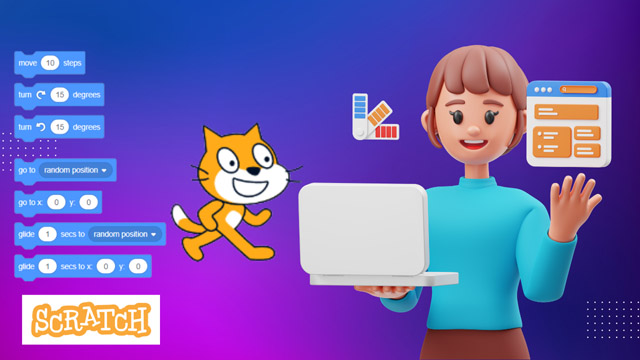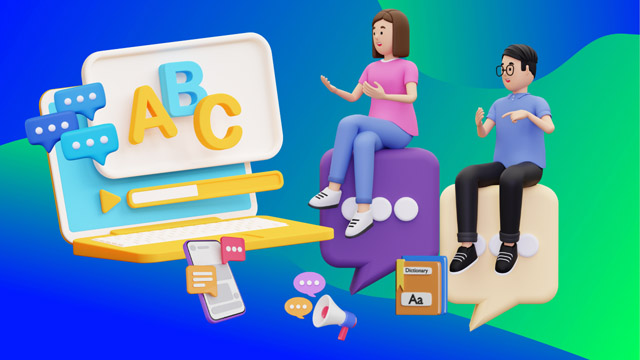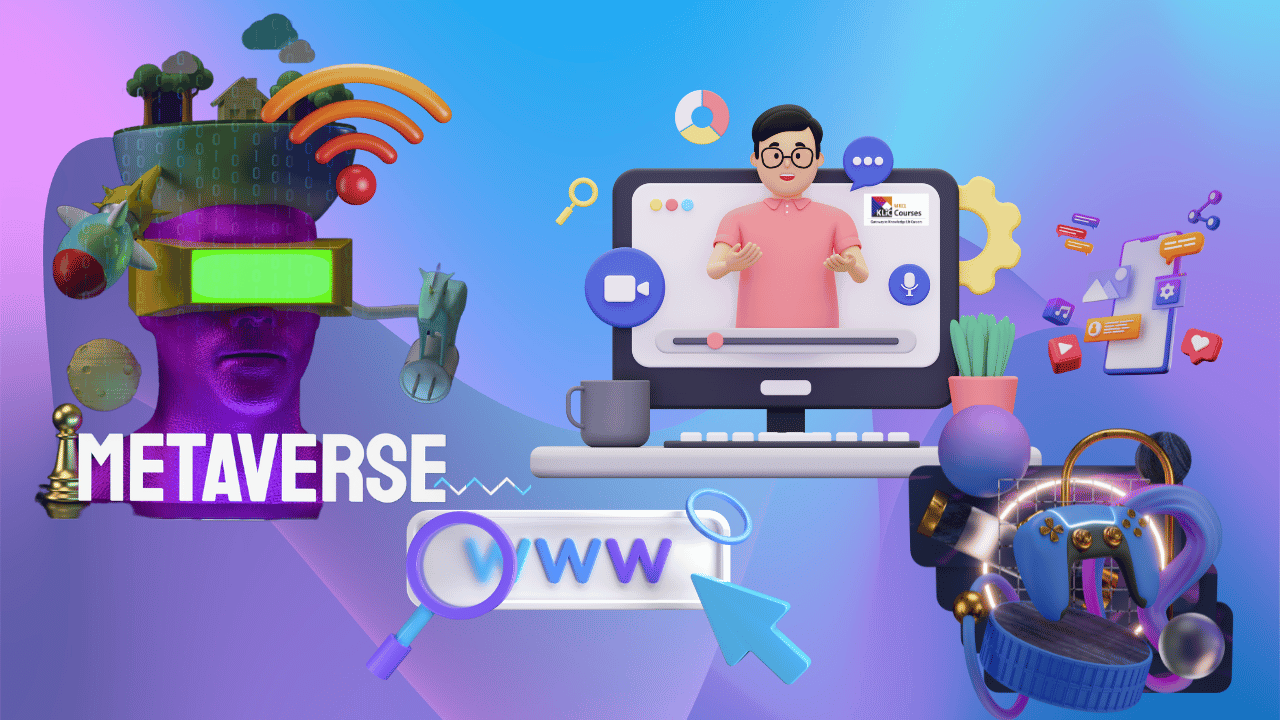- Students (School and College): Individuals seeking to develop foundational programming skills in a user-friendly environment.
- Educators and Teachers: Professionals aiming to incorporate visual programming into their teaching methodologies to enhance student engagement.
- Parents and Guardians: Those interested in guiding children through the basics of programming and fostering creative thinking.
- Aspiring Game Developers: Individuals looking to understand the fundamentals of game design and development.
- Hobbyists and Enthusiasts: Anyone keen on exploring programming concepts without prior experience.
- Community Center Facilitators: Leaders aiming to introduce programming to community members in an accessible manner.
- Individuals Preparing for Advanced Programming: Learners planning to transition to more complex programming languages like Python or Java.
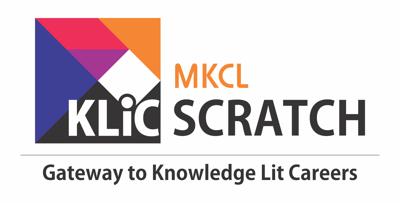
SCRATCH
Scratch is free visual programming language. You will learn how to create your own interactive stories, amazing games, animated images and songs in just minutes with a simple ‘drag and drop’ interface. No programming knowledge needed. You can also share your creations with others in the online community.
Scratch helps you to think creatively, reason systematically, and work collaboratively. This course is suitable for all ages. It doesn’t matter how old you are... So Get Ready for Exciting Journey in the World of SCRATCH...!!!
Who Should Join
What you'll learn ?
Scratch's networking infrastructure, coupled with its multilingual capabilities, enables youth to share their digital-arts creations with other youth across geographic, language, and cultural boundaries.
The skills learnt through Scratch can be applied to other basic programming languages like Python and Java.
Scratch flexibility allows teachers to create conceptual and visual lessons and science lab assignments. Within the social sciences, instructors can create quizzes, games and tutorials that stimulate the mind and interact with the learner.
Syllabus
- What are Visual Editors?
- Introduction to Scratch
- The Scratch User Interface
- Dancing is also a Program!
- Step-by-Step
- Some Steps Further
- Case Study - Aquarium
- Planning a Project
- Creating an Interactive Project
- Case Study - Greeting card
- Performing Scripts
- Build a Band
- Pink Circle, Blue Square
- Animation Projects
- Case Study - Colorful Parrot
- Characters
- Conversations and Scenes
- Case Study - Dancing Queen
- Creature Creation
- Case Study – Dialogue
- Starter Games
- Scores and timing
- Case Study - Creating Your Own Sprite
- Case Study - Whirling Crab
- Cloning
- Video Sensing
- Case Study – Emotions
- Case Study - Electrical Circuit
- Setting up a Scratch Account
- Creating an Online Project
- Exploring Online Projects
- Scratch Studios
Skills: Computational skills and programming concepts (like sequences, iteration, conditionals, variables, and data structures), problem-solving, project-design skills like reasoning logically, debugging problems, developing ideas from primary concepts to final completed project, and concentration & focus.
Outputs: Creating Animations, Interactive Stories, Games, Shooting Game, Aquarium, Dancing Queen, Greeting Card, Whirling Crab
Shooting Game
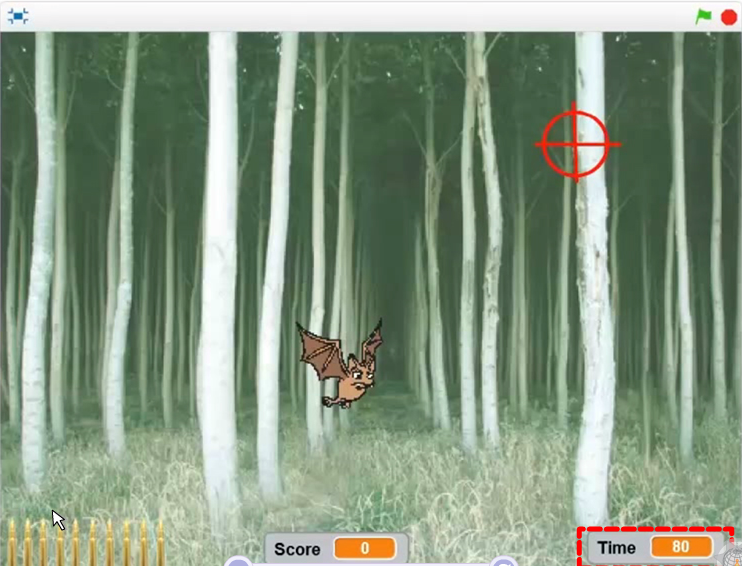
Aquarium
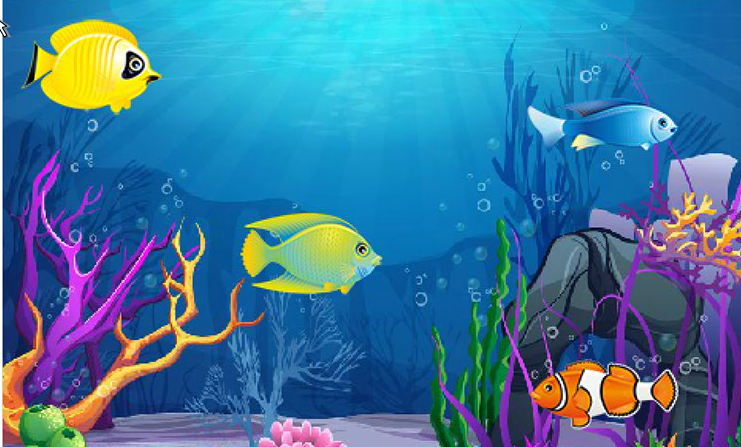
Certificate
- MKCL provides certificate (for 30/60/90 hours courses) to the KLiC learner after his/her successful course completion.
Academic Approach
The Academic Approach of the course focuses on the “work centric” education i.e. begin with work (and not from a book !), derive knowledge from work and apply that knowledge to make the work more wholesome, useful and delightful. The ultimate objective is to empower the Learner to engage in socially useful and productive work. It aims at leading the learner to his/her rewarding career as well as development of the society.
Learning methodology
- Learners are given an overview of the course and its connection to life and work.
- Learners are then exposed to the specific tool(s) used in the course through the various real-life applications of the tool(s).
- Learners are then acquainted with the careers and the hierarchy of roles they can perform at workplaces after attaining increasing levels of mastery over the tool(s).
- Learners are then acquainted with the architecture of the tool or Tool Map so as to appreciate various parts of the tool, their functions and their inter-relations.
- Learners are then exposed to simple application development methodology by using the tool at the beginner’s level
- Learners then perform the differential skills related to the use of the tool to improve the given ready-made outputs.
- Learners are then engaged in appreciation of real-life case studies developed by the experts.
- Learners are then encouraged to proceed from appreciation to imitation of the experts.
- After imitation experience, they are required to improve the expert’s outputs so that they proceed from mere imitation to emulation.
- Finally, they develop the integral skills involving optimal methods and best practices to produce useful outputs right from scratch, publish them in their ePortfolio and thereby proceed from emulation to self-expression.
Evaluation Pattern
Evaluation Pattern of KLiC Courses consists of 4 Sections as per below table:
| Section No. | Section Name | Total Marks | Minimum Passing Marks |
|---|---|---|---|
| 1 | Learning Progression | 25 | 10 |
| 2 | Internal Assessment | 25 | 10 |
| 3 | Final Online Examination | 50 | 20 |
| Total | 100 | 40 | |
| 4 | SUPWs (Socially Useful and Productive Work in form of Assignments) | 5 Assignments | 2 Assignments to be Completed & Uploaded |
MKCL’s KLiC Certificate will be provided to the learner who will satisfy the below criteria:
- Learners who have successfully completed above mentioned 3 Sections i.e. Section 1, Section 2 and Section 3
- Additionally, learner should have completed Section 4 (i.e. Section 4 will comprise of SUPWs i.e. Socially Useful and Productive Work in form of Assignments)
- Learner has to complete and upload minimum 2 out of 5 Assignments
Courses Fee Structure from 01 July, 2025 Onwards
KLiC 60 hour course fee applicable from 01 July, 2025 all over Maharashtra| KLiC Course Duration | MFO: MKCL Share (Including 18% GST) |
ALC Share (Service Charges to be collected by ALC) |
|---|---|---|
| 60 hours | Rs. 500/- | Rs. 2,500/- |
* Above mentioned fee is applicable for all Modes of KLiC Courses offered at Authorised Learning Center (ALC) and at Satellite Center
* Total fee is including of Course fees, Examination fees and Certification fees
* MKCL reserves the right to modify the Fee anytime without any prior notice
KLiC Courses Fee Structure upto 30 June, 2025
| Region | Total Fee (Rupees) |
| MMRDA, PMRDA and Rest of Maharashtra | 3000/- |
* Above mentioned fee is applicable for all Modes of KLiC Courses offered at Authorised Learning Center (ALC) and at Satellite Center
* Total fee is including of Course fees, Examination fees and Certification fees
* MKCL reserves the right to modify the Fee anytime without any prior notice
